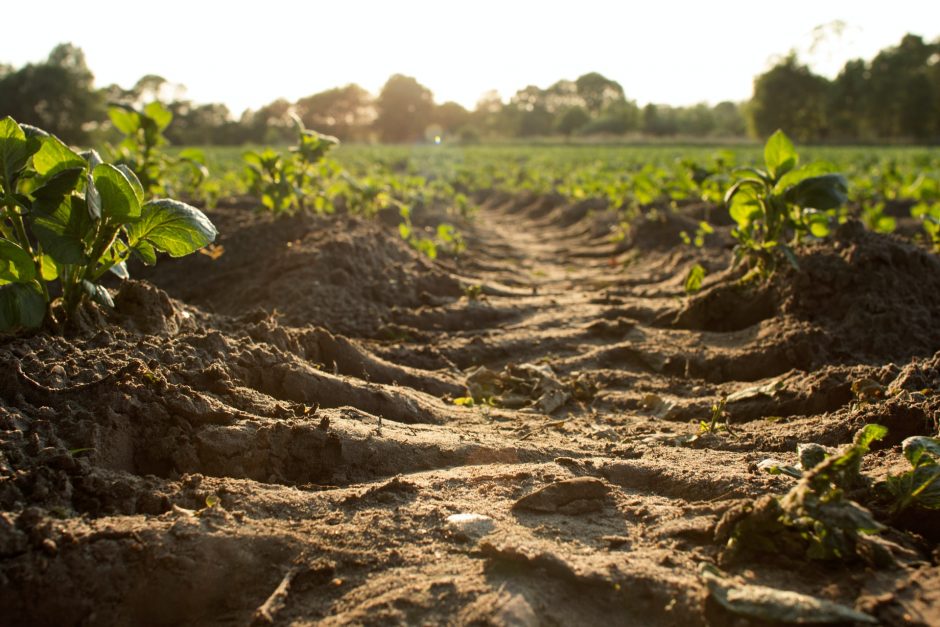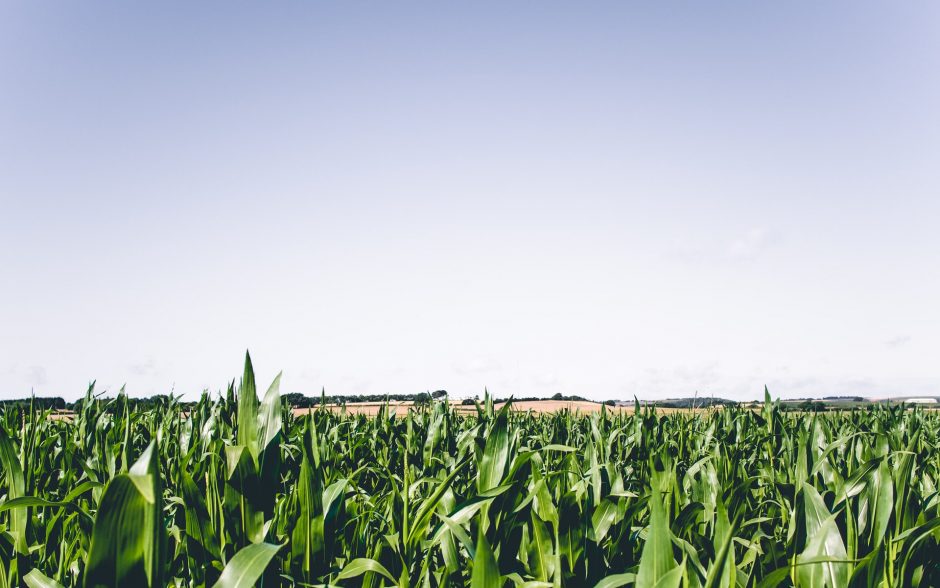From a multi-stakeholder approach to satellite monitoring, Carbon Farming is innovating land use

Carbon Farming is a pioneering landscape project, supported by Climate KIC, which uses a systemic approach to increase soil carbon sequestration (SCS), while also considering the needs of multiple stakeholders and partners, as well as local context. It currently has pilots in France and Switzerland.
The agricultural sector accounts for 10 per cent of Europe’s total greenhouse gas (GHG) emissions. ‘Carbon farming’ is a way to address this and refers to a variety of agricultural methods aimed at sequestering atmospheric carbon into soil. And, according to the Intergovernmental Panel on Climate Change (IPCC), SCS represents 90 per cent of the mitigation potential for the global agriculture sector. SCS not only contributes to reducing GHG emissions, but it preserves and restores soil health through the increase of soil organic matter thus contributing to enhanced food production, resilience and security.
The Carbon Farming project was launched in 2019 to define the changes needed at the farm and landscape level in order to sequestrate more carbon in agricultural soils, including co-designing solutions with local stakeholders, monitoring and certification of soil carbon as well as developing and scaling out mechanisms (including financial tools) for agricultural SCS.
The Carbon Farming project is working on cases with partners in France, Switzerland, the Netherlands and Sweden. Key outcomes include:
- Success stories demonstrating ecosystems transformed by SCS and profits for value chain actors
- A service based on remote sensing—the scanning of a landscape by satellite or high-flying aircraft—for easy and cheap evaluation of SCS
- De-risking and guarantee mechanisms for farmers and businesses
- A plan for a European framework for low-carbon food products
- A delivery plan for integrated services for scaling carbon farming
“The complex, multi-stakeholder nature of the project has led to Climate KIC taking on an innovation orchestrator type role and a much more hands-on approach than its traditional role of grant manager,” said Sandra Duifhuizen, Innovation Portfolio Orchestrator, Climate KIC.
In France, Climate KIC, in partnership with the National Research Institute for Agriculture, Food and Environment (INRAE) and AgroTransfert, is working with Nataïs, the leader of the European popcorn market, with 35 per cent of the European market share. The company is currently collaborating with 250 farmers who produce corn for them in the southwest part of France (covering about 6,000 hectares of land), encouraging them to implement cover crops—crops that are grown mainly to benefit the soil. Specifically, cover crops can suppress weeds, reduce soil erosion, enhance soil fertility and quality, discourage diseases and pests, and promote biodiversity. Farmers get additional compensation through a carbon premium currently set at around €75 per tonne of carbon permanently fixed in the soil. They also benefit from improved yield, reduced input costs for pesticide and fertilizer management, and potentially higher crop prices sold as organic crops.
“The Naturellement Popcorn Project is part of our strategic approach, which aims to maintain our position as market leader, build the agriculture of the future and bring together the agricultural world, consumers and the food industry,” said Michael Ehmann, President and Founder, Nataïs.
Eric Ceschia, Director of Research, INRAE, adds: “The Bilan Carbone indicator will be calculated using a new type of agronomic model, faithfully reproducing the development of popcorn maize and intermediate crops based on the vegetation development the earth observation satellites (Sentinels) ‘see.’”
Climate KIC, in partnership with AgriCircle, is also working with 24 farmers in Zurich’s Flaachtal valley, who together form the AgroCO2ncept association.
“Climate KIC is connecting us to initiatives in Europe and globally, to understand and implement effective measures to mitigate climate change as a community. Climate KIC has built a great network of people who want to act. The solutions are mostly out there, it’s all about connecting the dots and working on the missing pieces,” said Peter Fröhlich, CEO, AgriCircle.
What makes Carbon Farming innovative is that it’s exploring the combination and connection of low-carbon practices with financial de-risking, monitoring, reporting and verification (supported by a certification process), and a political framework. The project is also exploring financial incentives and mechanisms beyond carbon credits or innovative business models.
“Deploying and testing SCS practices and integrative solutions over value chains and in such a systemic way is what makes the initiative so unique,” said Duifhuizen. “In addition, the methodology being developed is not only transferrable, but also helps to determine the impact of individual practices. The project is using pilots to explore the needs and barriers—as well as test practices and solutions—from a local context and perspective. The results of these transformative cases are then also used to demonstrate best practices and incentivise scaling.”
The Carbon Farming project aims to become a programme transforming agricultural production across Europe through 25 cases in five years.
“I am convinced that, in the long-term, evaluation by satellite imagery will be essential for scaling up, increasing the precision and reducing the costs in soil carbon monitoring methodologies,” said Jean-François Soussana, Vice President for international affairs at INRAE and member of the European Soil Health and Food Mission Board.
As part of its scaling plans, in 2020-2021, the project will be identifying and working with the SCARF (Soil CARbon Farming) network, a gathering of initiatives working in Europe on soil carbon farming. By connecting with other practicioners, members engage in mutual learning, gain access to soil carbon farming and monitoring best practices as well as the opportunity to develop scaling mechanisms and funding opportunities together.
“We want to build the biggest network of climate initiatives related to soil carbon sequestration and sustainable farming in Europe,” said Fröhlich.
The longer-term aim of the Carbon Farming initiative is to scale to other regions beyond Europe.
Climate KIC’s Landscapes as Carbon Sinks Deep Demonstration is a programme aiming to help Europe’s landscape systems decarbonise, adapt and increase resilience to climate change, and foster a bioeconomy—the sustainable extraction and production of natural resources, like wood. The programme has further leveraged the Carbon Farming project’s partnerships and incorporated many of its insights. It also focuses on SCS, but uses an original methodology to map a system, identify points of intervention where decarbonisation and/or adaption can be achieved, deploy innovation in said areas, measure impact and iterate on this process. Current partners include Chalons-en-Champagne, France, and the Government of Scotland.

